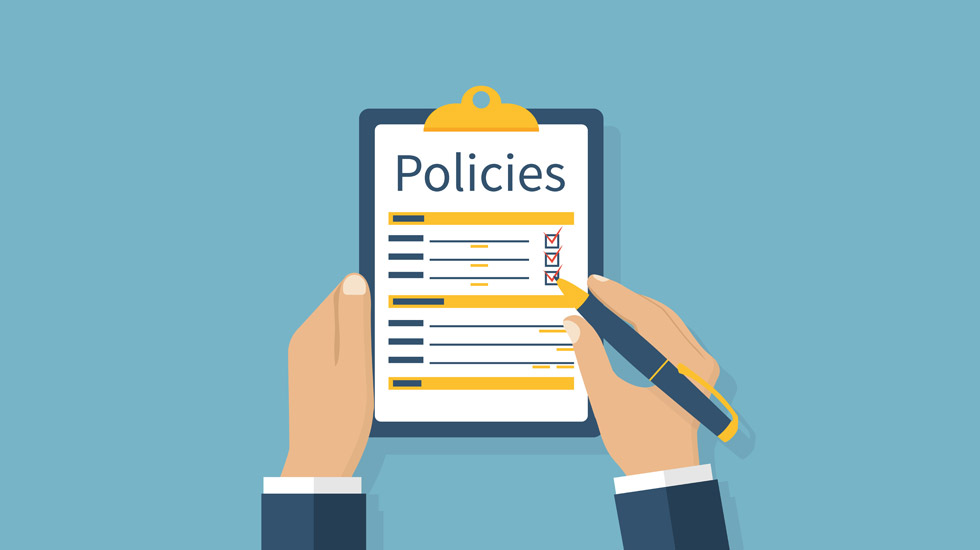BLOG
5 Signs You Should Invest in Better Workplace Safety
Every business owner has a responsibility to provide a safe working environment for their employees, and the government has legislated a set of requirements across the country to ensure each place of business is taking the necessary steps to implement a workplace safety policy so the risk of injury or worse is minimised.
Despite this, there is a common misconception among a variety of businesses that because they’ve never had an injury, there’s no danger. Or because their industry is not typically considered dangerous that they don’t need to take the same precautions as other businesses.
However, a 2009-10 Study found that community & personal service workers had the highest rate of injury of all occupations and age groups!
So if you’re still umm-ing and ahh-ing about whether to review, update and invest in better Workplace Safety, consider the following 6 common signs it’s time to invest:
1. You haven’t reviewed the latest approved code of practice in your state
Safe Work Australia works with various regulating agencies across Australia to develop a code of practice that aligns with the latest standards in workplace safety. Some common codes of practice in Australia applicable to any business of any size are as follows:
- Provide a safe workplace and safe systems of work;
- Maintain equipment, tools and machinery in a safe condition;
- Provide safe and hygienic facilities, including toilets and eating areas;
- Provide information, instruction, training and supervision to all workers;
- Provide access to appropriate medical and first aid services;
You can review the latest code of practice for your state here.
2. You haven’t written a health and safety policy for your workplace
Many organisations make the mistake of thinking that a policy is not needed because close personal contact with just a few people makes it easier to say what is wanted. But without a clearly defined set of written directions, it is difficult to hold people accountable for their safety duties and responsibilities.
Displaying your policy clearly for all employees, as well as conducting regular training and discussions on the policy ensures your employees are clear of their responsibilities to maintain a safe work environment.
Worksafe Tasmania has created a sample policy template, which you can download here. However, it is important you ensure the policy meets the specific requirements of your state. Refer to the Safe Work Australia website for details.
3. You haven’t allocated any official budget to maintaining your workplace safety responsibilities
By allocating budget to the upkeep of your safety policy you’re able to ensure that repairs, safety equipment and other safety expenses are accounted for so you’re not left out of pocket when comes the time to make an investment.
By avoiding spending money on safety measures, you could end up in a far more expensive situation down the line.
4. You do not consult with your employees about their health and safety concerns or include them in your processes
Communicating and consulting with your employees is a vital component of developing a health and safety strategy that covers the concerns of the individuals and their jobs under your responsibility by law.
By allocating regular time to reviewing your workplace health and safety measures, you’re able to plug any holes in your safety policy before they lead to injury. Many businesses conduct monthly, quarterly or bi-annual reviews of the policy, which involves talking with employees and hearing any concerns.
Communication channels should be open, clear and your policy should cover ways to deal with and implement solutions to any concerns raised.
5. You have not completed a risk assessment of existing procedures and equipment
The most effective way to prevent injury or illness in the workplace is identify possible hazards and fix them. By consulting with your employees and running through the various tasks one must carry out during the workday, you’re able to identify hazards before you encounter them.
For example:
- Your policy should include risk assessing every new procedure that is being introduced into the workplace.
- Before you order new equipment or chemicals, they should be properly assessed for new risks (such as burns or cuts) and added to the policy with appropriate solutions
- You should regularly conduct an assessment of existing equipment for faults or degradation in quality, and research whether newer solutions have been developed.
If any of these apply to you, it’s time to reconsider your existing health and safety procedures. The best place to start is on the Safe Work Australia website where you can find a wealth of information applicable to your state and industry.
If you’d like to review the types of premium quality workplace health and safety equipment we stock here at Onsafe, click here. Our expert knowledge and long-term relationships with our suppliers means you’re getting top-notch products at the most competitive prices. Our understanding of your business’s safety needs means you can trust we know what we’re doing when it comes to meeting your health and safety requirements.



